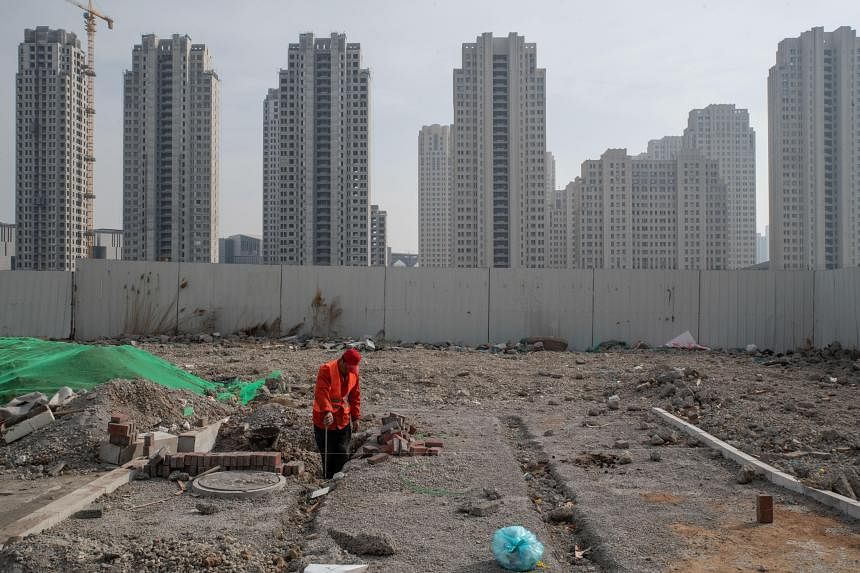SINGAPORE – Nearly half of China’s major cities are suffering “moderate to severe” levels of subsidence, putting millions of people at risk of flooding, especially as sea levels rise, according to a study of nationwide satellite data released on April 19.
The authors of the paper, published in the journal Science, found that 45 per cent of China’s urban land was sinking faster than 3mm a year, with 16 per cent at more than 10mm a year, driven not only by declining water tables but also the sheer weight of the built environment.
With China’s urban population already in excess of 900 million people, “even a small portion of subsiding land in China could therefore translate into a substantial threat to urban life”, said the team of researchers led by Dr Ao Zurui of the South China Normal University.
Subsidence already costs China more than 7.5 billion yuan (S$1.44 billion) in annual losses, and within the next century, nearly a quarter of coastal land could actually be lower than sea levels, putting hundreds of millions of people at an even greater risk of inundation.
“It really brings home that this is for China a national problem and not a problem in just one or two places,” said Dr Robert Nicholls at the Tyndall Centre for Climate Change Research at the University of East Anglia in Norwich. “And it is a microcosm of what is happening around the rest of the world.”
The northern city of Tianjin, home to more than 15 million people, was identified as one of the worst-hit. In 2023, 3,000 residents were evacuated after a “sudden geological disaster” that investigators blamed on water depletion and the construction of geothermal wells.
Many of China’s old coal districts have also suffered as a result of overmining, with the authorities often forced to inject concrete into the crumbling shafts to reinforce land.
The problem is not limited to China. A separate study published in February said around 6.3 million sq km of land across the globe was at risk. Among the worst-hit countries is Indonesia, with large parts of the capital Jakarta now below sea level.
Dr Nicholls said vulnerable cities could learn lessons from Tokyo, which sank by about 5m until it banned groundwater extraction in the 1970s.
“Subsidence mitigation should be looked at very seriously, but you can’t stop all of it so you are talking about adaptation and building dykes,” he added.
Of the 44 major coastal cities suffering from the problem, 30 are in Asia, according to a 2022 Singapore study.
“It is a problem of urbanisation and population growth – larger population density, more water extracted, (and) more subsidence,” said Dr Matt Wei, a geophysics expert at the University of Rhode Island. REUTERS

